There are some obvious differences between the types of automotive wire FLRY, TXL and AVSS, which are mainly reflected in their structure, performance and applicable automotive electrical systems.
FLRY wire exhibits excellent high temperature resistance. During the operation of a car, the electrical system often faces challenges in high-temperature environments, especially in high-temperature areas such as the engine compartment. However, with its special material composition and structural design, FLRY wire can maintain stable electrical performance in high-temperature environments and is not easy to melt or deform, ensuring the normal operation of the electrical system. FLRY thread also exhibits excellent softness. This softness makes FLRY cables more flexible and convenient during installation and use, and can adapt to various complex wiring needs. Whether in a small space or in a complex wiring harness, FLRY cable can easily cope with it, reducing installation difficulty and workload. The outer insulation layer of FLRY wire is made of a specific material, which not only has excellent mechanical strength and can withstand mechanical pressure, but also has excellent chemical corrosion resistance. FLRY wire can resist corrosion from various chemicals and oils inside the car and maintain the stability of its electrical performance.
The lightweight nature of TXL wire makes it an ideal choice in automotive manufacturing. With the development of the automobile industry, the requirements for energy conservation, emission reduction and fuel economy are increasing day by day. The TXL line helps reduce the mass of the entire vehicle by reducing the weight of the wiring harness, thereby reducing fuel consumption and improving fuel economy. This feature is particularly important in electric and hybrid vehicles, which have stricter weight control requirements. TXL cord is not only lightweight, but also durable. It uses special materials and processes to enable it to maintain stable performance in complex working environments. During vehicle driving, wiring harnesses are often affected by vibration, friction and temperature changes. However, TXL wire is able to withstand these adverse factors and maintain the stability and reliability of electrical connections. This makes TXL wires an integral part of automotive electrical systems, especially in areas with high vibrations such as the engine compartment, chassis and suspension systems. TXL wire is generally used where lightweight and durable automotive wire is required. Whether in cars, SUVs or commercial vehicles, TXL wire can exert their unique advantages to provide stable and reliable power transmission for automotive electrical systems. In addition, as the new energy vehicle market continues to expand, TXL wire will be more widely used in the fields of electric vehicles and hybrid vehicles.
AVSS wire adopts a single-core copper wire structure. This structure not only ensures stable transmission of current, but also makes the wire itself have strong tensile and bending resistance. Its outer insulation layer is made of a special material that has excellent oil, heat and water resistance. During the use of vehicles, AVSS wire often need to face oil pollution, high temperature and humidity in the engine compartment. This design can ensure that the AVSS line can still maintain the stability of its electrical performance under these harsh conditions and will not cause short circuits. , circuit break and other faults. AVSS wire have also undergone strict quality control and testing to ensure that they can operate stably in high-voltage and high-load working environments. Whether it is a short-term peak load or a long-term stable load, the AVSS line can handle it easily without overheating, aging and other problems. This makes the AVSS line an indispensable part of the automotive electrical system, providing a solid guarantee for the safe and stable operation of the vehicle.

 ENGLISH
ENGLISH 简体中文
简体中文 GERMAN
GERMAN SPAIN
SPAIN
 +86 181-5747-1135
+86 181-5747-1135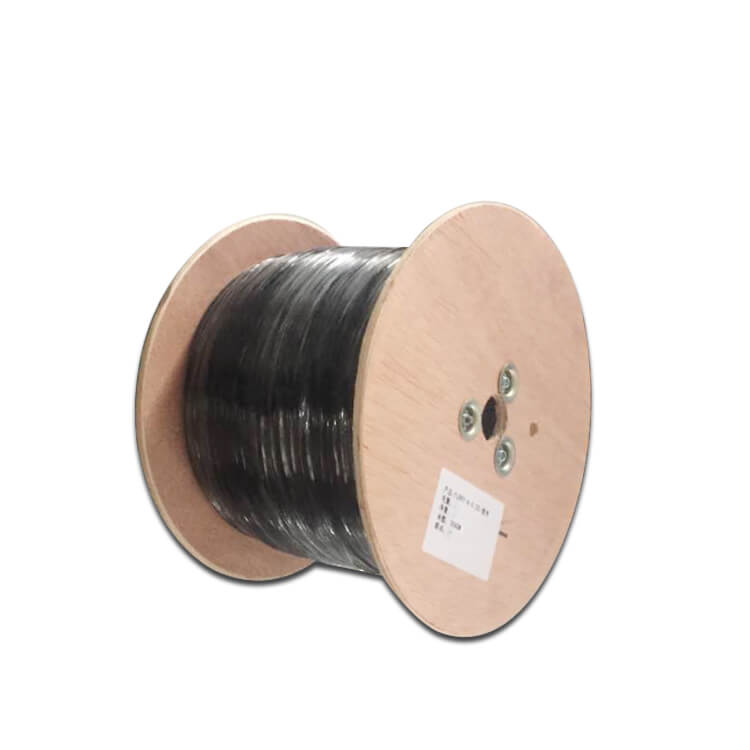
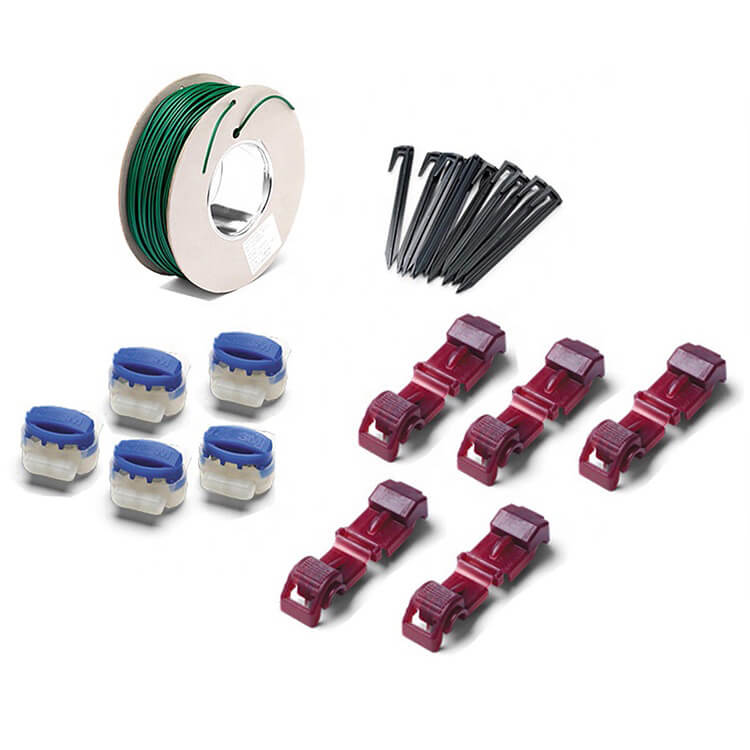
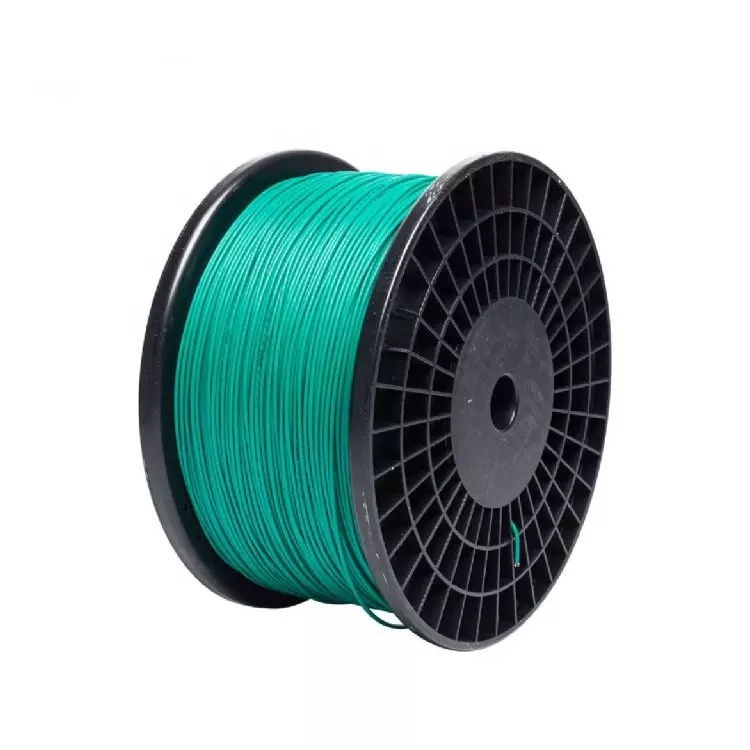
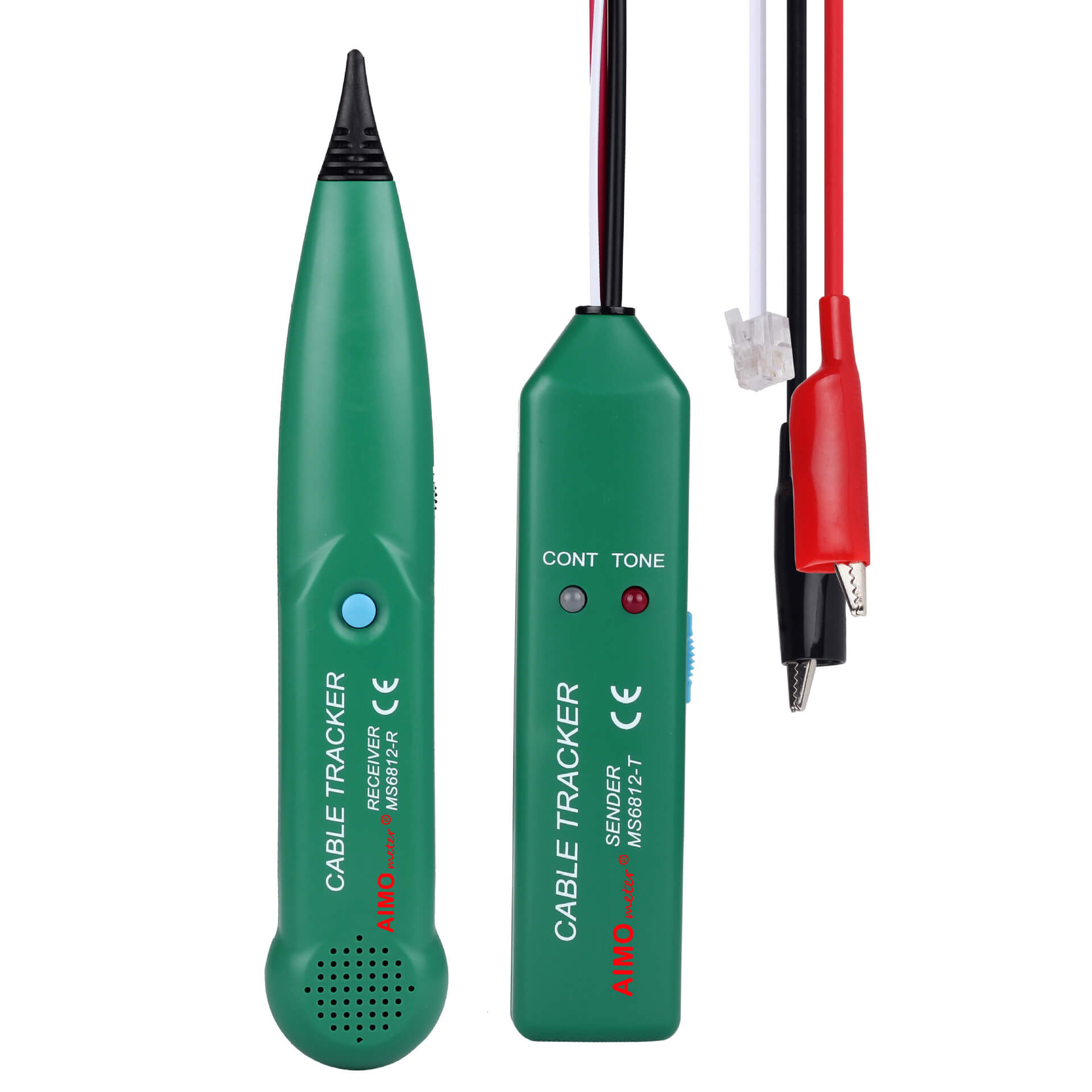


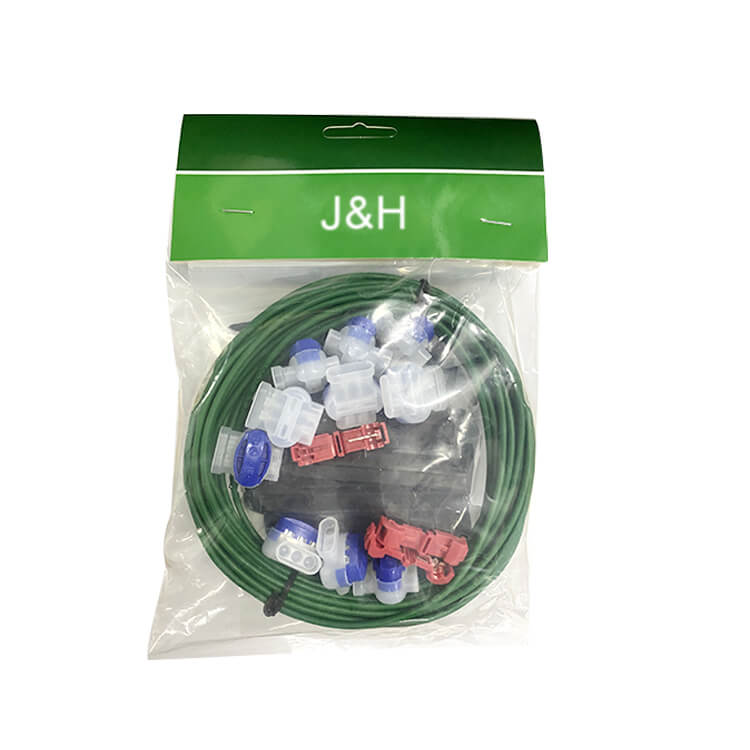
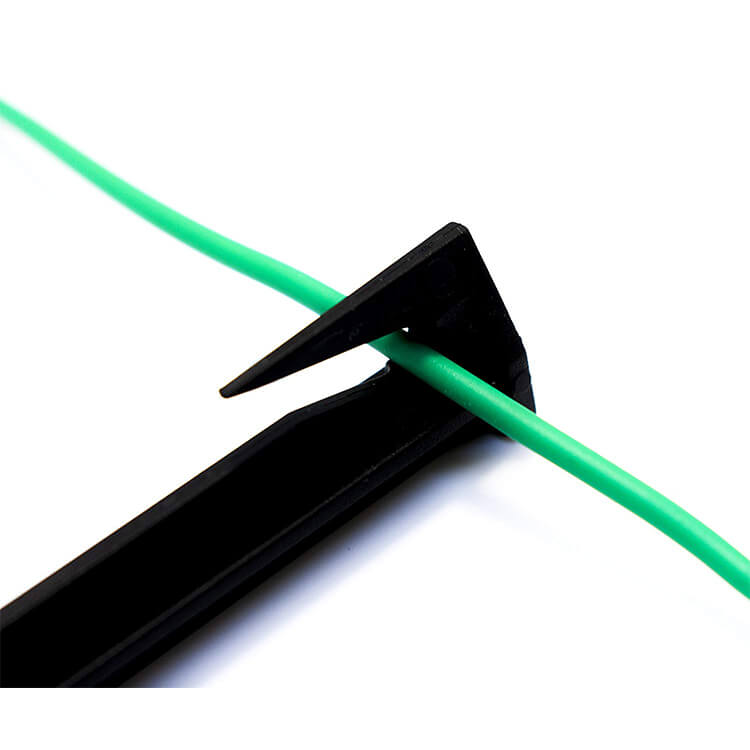
 Abroad:+86 181 5747 1135
Abroad:+86 181 5747 1135 FAX: +86 574 8900 7636
FAX: +86 574 8900 7636 E-mail:
E-mail: 

 read the map
read the map

